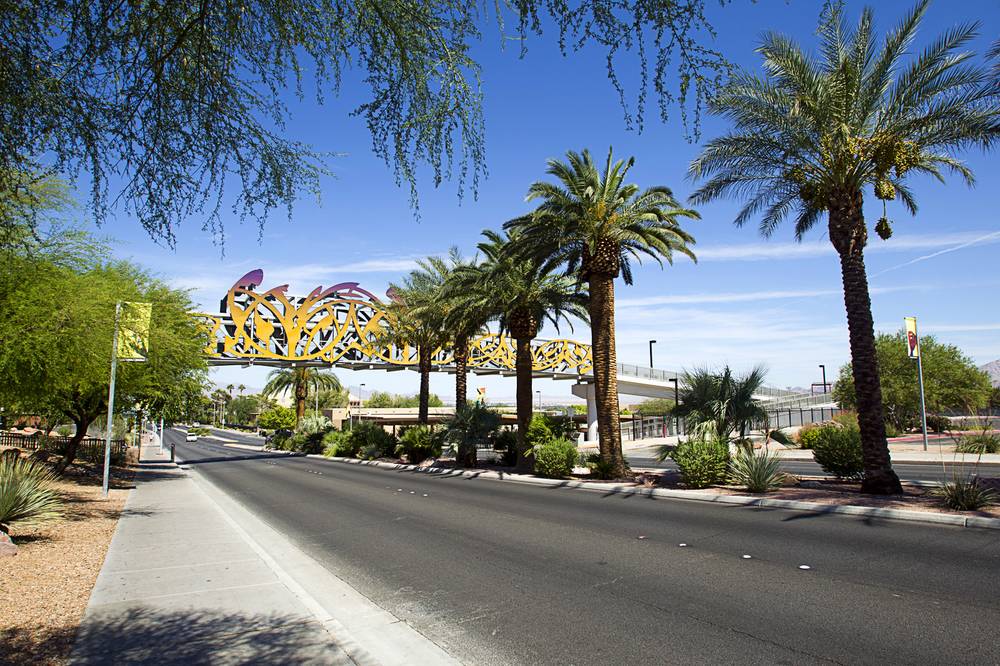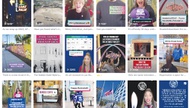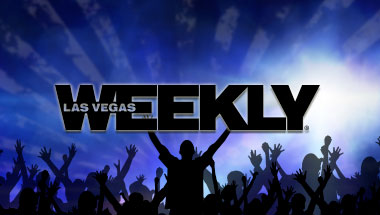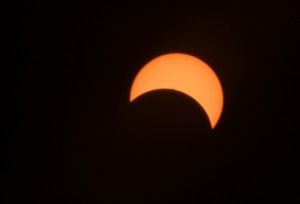On paper, the Cultural Corridor has long looked like the most desirable place in town for families and fans of cultural tourism: Planted along a stretch of Las Vegas Boulevard, between Washington and U.S. 95, the corridor is home to the Las Vegas Natural History Museum, the Lied Discovery Children’s Museum, the Old Las Vegas Mormon Fort State Park, Cashman Field, Cashman Center (where touring musicals once performed), the Neon Museum’s Boneyard and, until recently, the Reed Whipple Cultural Center, host to a city-sponsored art gallery and the Rainbow Company Youth Theatre.
But on the ground, it’s been a different story. For years, the area has been marked by blight and has served as stomping grounds for the city’s homeless population, who set up makeshift camps along the very sidewalks visitors would walk to get from attraction to attraction.
What had been envisioned—promised, even—by city leaders two decades ago fell by the wayside. Focus went elsewhere. Despite busloads of Clark County students unloading at the museums, other visitors, particularly those from the whistle-clean suburbs, deemed it an unwelcoming area.
That, of course, was then. Today, the corridor’s sidewalks are augmented by impeccable landscaping, an artist-designed bridge and banners to encourage pedestrian traffic. Landscaped medians, some with restored neon signs, visually enhance the area, as do embellishments on the sidewalk.
The Neon Museum and its restored La Concha visitor center will open to the public next month, and the Las Vegas Shakespeare Company recently announced the launch of a $45 million capital campaign to revamp its new home in the former Reed Whipple Cultural Center, which will soon house a new Rosemary’s Cafe.
The Cultural Corridor Coalition, made up of individuals from the different cultural institutions, has helped push the area, as has the Cultural Corridor Trail, which extends from the Mob Museum on East Stewart to the Mormon Fort at Las Vegas Boulevard and Washington. It all makes us wonder if the cultural hub’s moment is finally here.
For Marilyn Gillespie, executive director of the Natural History Museum, it’s been a hell of a long time coming. Twenty-one years ago, when she moved the museum into its current building, leased from the city for $1 a year, the city was clearing land across the street for the library and Children’s Museum. The minimally funded Natural History Museum—with dinosaur and other fauna and flora exhibitions—was, and has been, the only museum of its kind for schoolchildren on field trips.
“We fell through the cracks, because when they started their redevelopment, they went in a different direction,” Gillespie says. But, she adds, “It feels great. We went from someone in the city saying ‘Cultural Corridor’ to almost having to fight for it, then to see it materialize.”
The question now is how the Cultural Corridor will maintain its upswing, given the Children’s Museum’s move to the Smith Center campus and that the Natural History Museum is painfully landlocked without room to grow. The Neon Museum, soon to be the biggest non-Strip tourist attraction in the Valley and a source of pride for locals, will be a boon to the area. And the Boulevard’s designation as a National Scenic Byway, from Washington to Sahara avenues, resulted in a $25,000 federal grant to protect its intrinsic qualities, opening the gates for more grant opportunities. Then there are three parcels of land waiting to be snatched up …
Our dream: restaurants and perhaps an art museum with an adjacent sculptural park.









Previous Discussion: